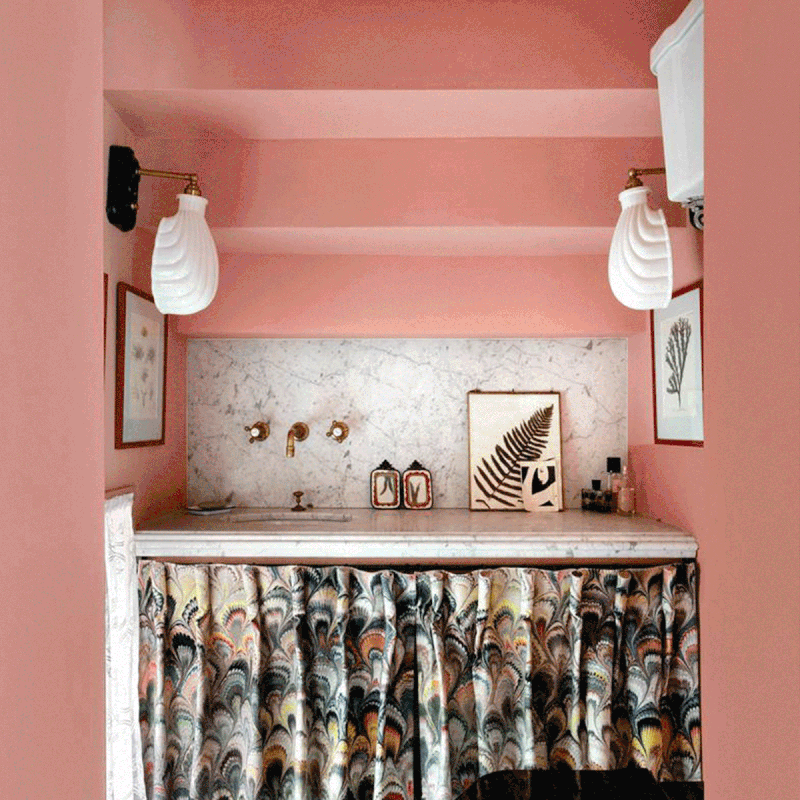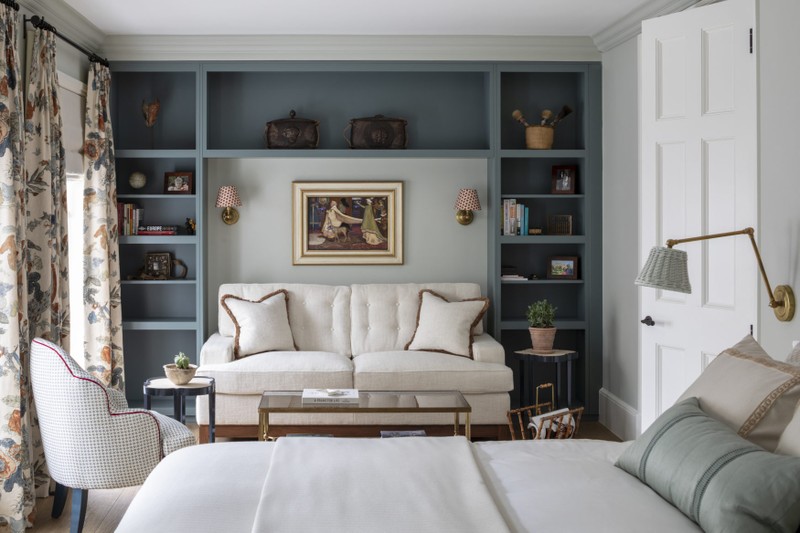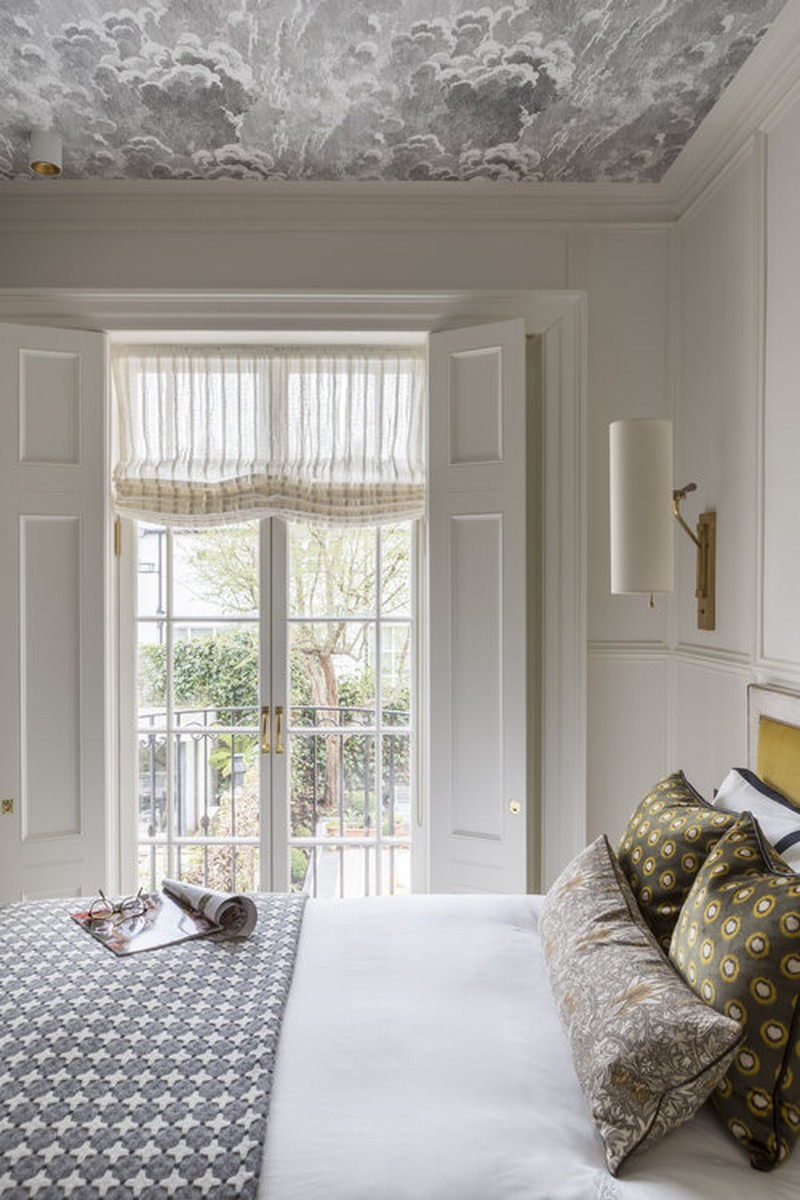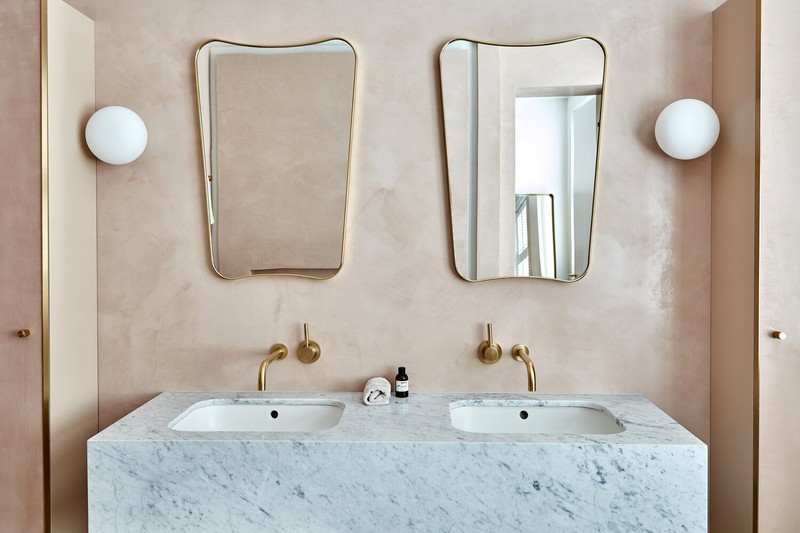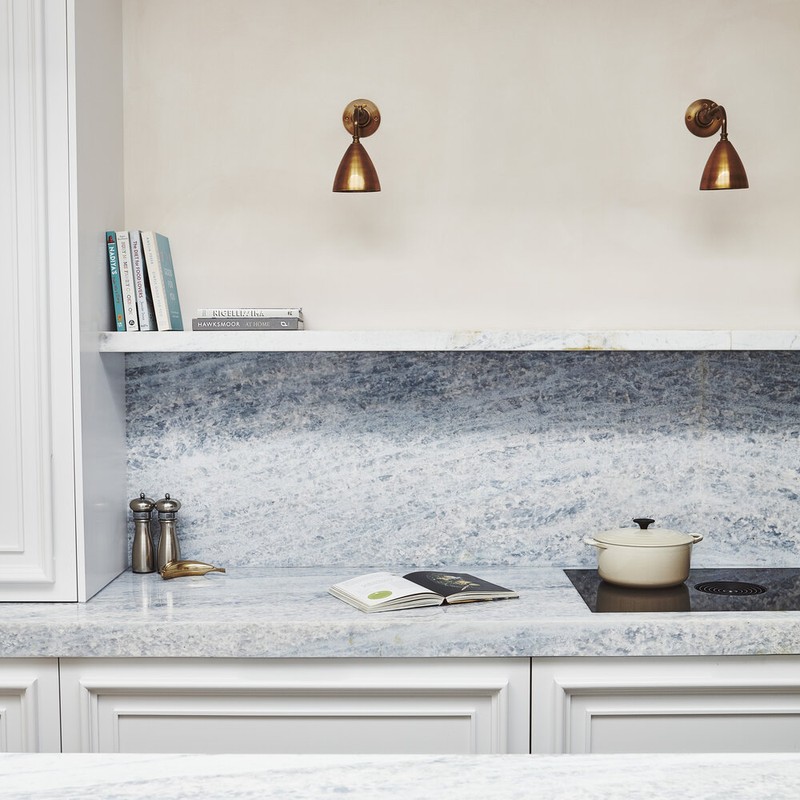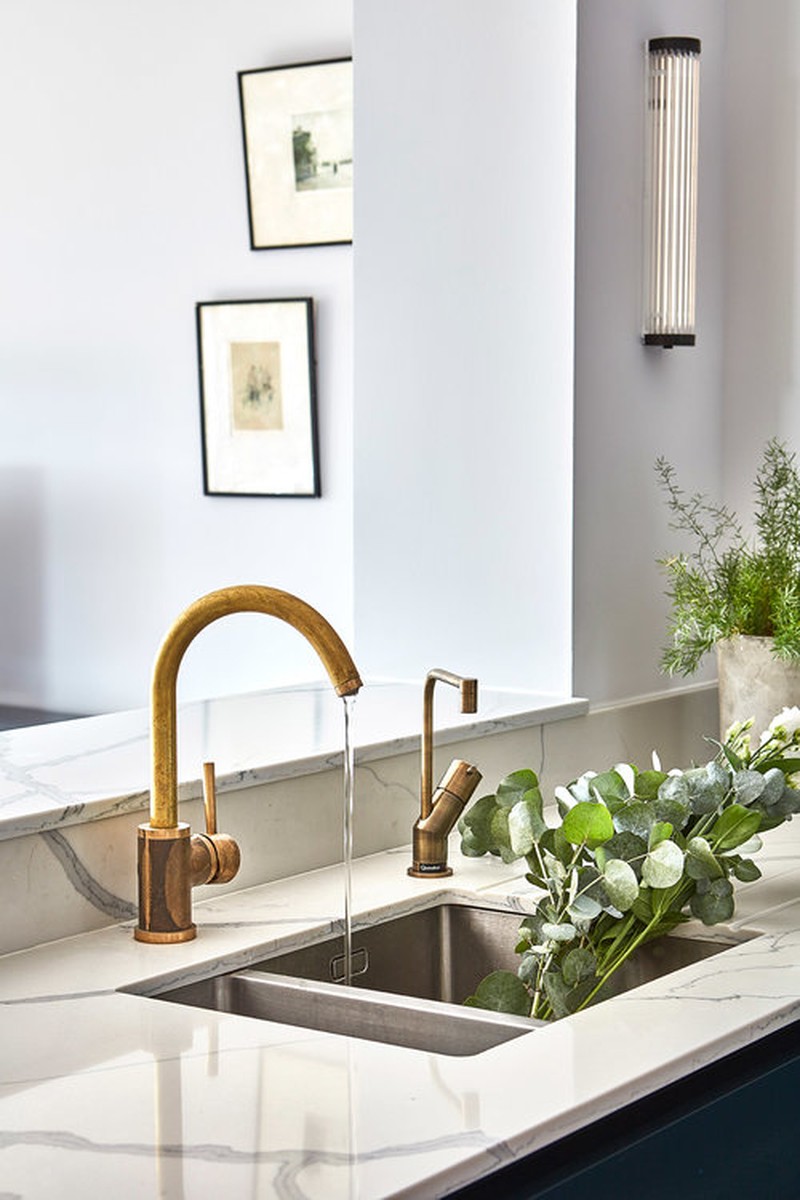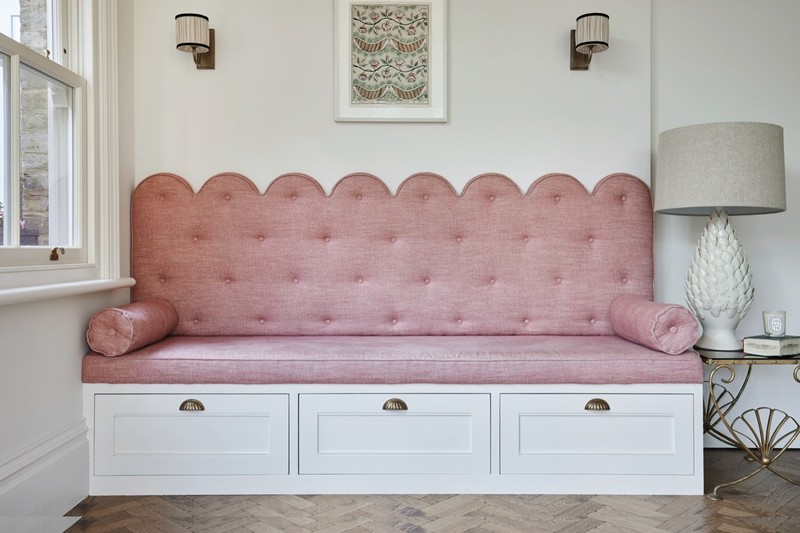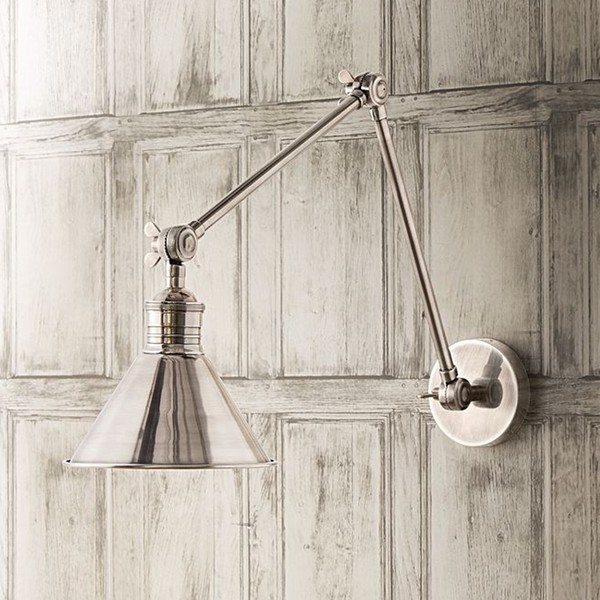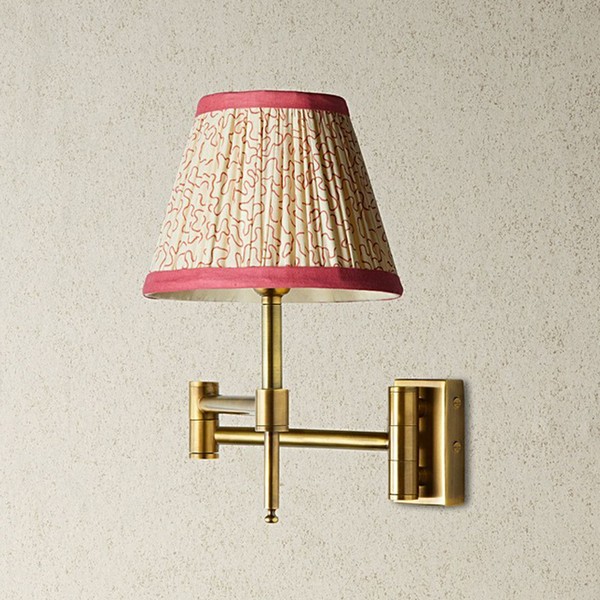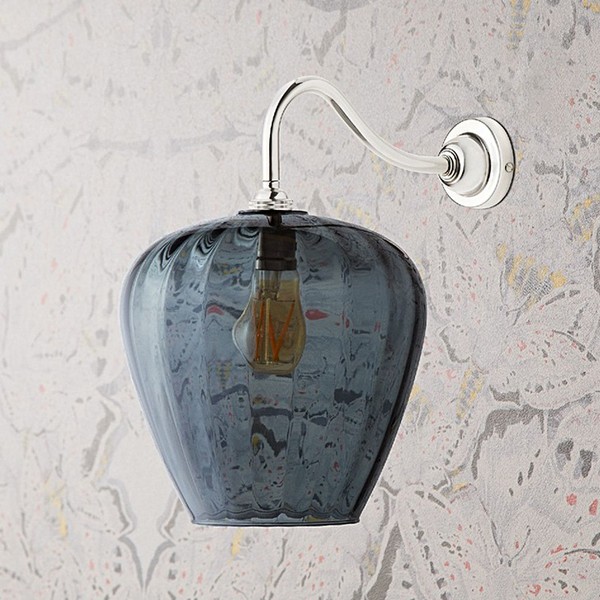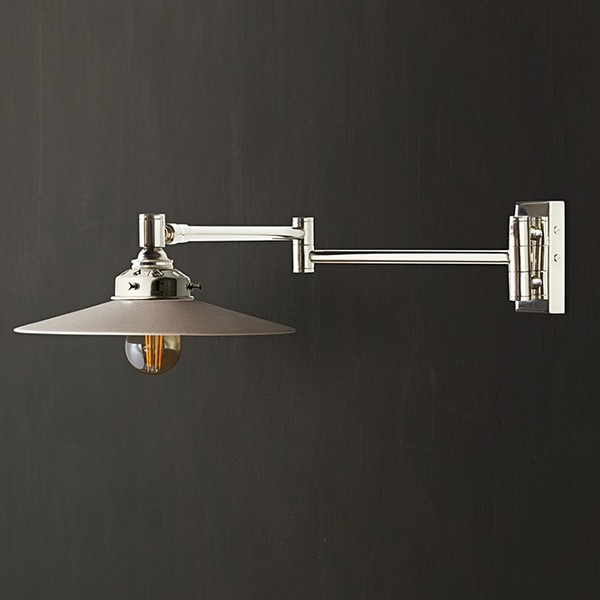How To Use Wall Lights Correctly
Where do wall lights work best in a home?
“Wall lights can work well in any room, and serve multiple purposes depending on how you use the space. They're ideal for creating a clean, clutter-free look and are a particularly good option in low-ceilinged rooms where there may not be enough height for a pendant. For that reason, consider using wall lights as part of a layered lighting scheme – think shadow-free task lighting for reading, cooking and working, accent lighting to highlight areas of interest, and ambient lighting to create a cosy atmosphere.” – Charlies Bowles, director of Original BTC
How should you use wall lights in a bedroom?
“In the bedroom, wall lights provide a softer, gentler alternative to the main ceiling light and they can also be a lovely design feature. A general wall light will give a warm ambient glow, while an extendable or swing arm wall light is an excellent substitute for a bedside lamp. If you're using wall lights above the bed in lieu of a bedside lamp, it’s a good idea to place the lights at shoulder height, so you can turn them on and off easily from bed. Keep bulbs shaded with material as opposed to with glass, unless you want it to be a bright light for reading. If you’re a bookworm, directional wall lights are far more effective than wall lights with lampshades, but they’re less suited to creating a warm, ambient light. Consider whether you have the space for both a functional wall light and cosy bedside lamp.” – Rohan Blacker, founder of Pooky
What about in a bathroom?
“A pair of wall lights flanking a mirror will create shadow-free task lighting for things like shaving and applying make-up. Think not just about the overall lighting effect, but the look of the fittings themselves. Bathrooms can often look austere, so it’s worth investing in quality materials such as copper or bronze to soften the look and add warmth. You don’t need to use chrome or aluminium light fittings just because your taps are chrome. It’s important to check your bathroom wall lights have a suitable IP rating for their position in the room, too (an IP rating refers to how well it is sealed). If it's within 60cm of a basin, bath or shower, choose a light rated IP44 or above to guard against spray and condensation. If they’re further than 60cm from a bath or shower, you won’t need higher than IP20 – but if the lights will be in or over the shower itself, they’ll need to be at least IP55.” – Charlie
What’s the best way to choose wall lights for a kitchen?
“Wall lights make for great task lighting in a kitchen, highlighting the areas where you prepare food, cook or wash up. Choose lights which can be angled to direct light just where you need it – you don't want shadows on your workspace. Again, interesting fittings will give your kitchen character. Bring in some warmth with brass, copper or bronze, mixed with natural textures and hand-crafted elements – you can even use cool and warm-toned metals together for a more eclectic look.” – Charlie
“If your general task lighting is taken care of with built-in cabinet LEDs and recess lights, then designer ceiling and wall lights are the perfect way to stamp your personal style on a kitchen. When choosing wall lights close to cooking spots, make sure you go with finishes that are easy to clean. Avoid fabric and rattan for example, as these will absorb cooking smoke that will be harder to remove.” – Rohan
And in a hallway?
“For general ambient lighting in a hallway, staggering multiple wall lights along a corridor can create a natural, welcoming feel and will diffuse the light nicely. Using coloured glass can create a softer look if you don’t need bright lighting in your hallway.” – Rohan
“The proportions of your hallway will guide your choice – if you have the space, then opt for larger lights. You can use path lights indoors to highlight stairs or a dim walkway – especially if there is little natural light – and if you have particularly low ceilings, uplighters are a good option to make the ceiling seem higher. Use picture lights to showcase paintings, photographs and objets, too.” – Charlie
Are there any rules about how high and/or far apart they should be?
“It’s best to position wall lights so the top of the light sits at eye level to avoid any glare from the bulbs – that’s usually around 5.5-6ft. Wall lights positioned too close together will often look cluttered so, as a general rule of thumb, position them about 8ft apart. That said, a row of three wall lights over a cooker or a kitchen surface can look great. There's no hard and fast rules – every room is different, so it largely depends on the space and the size of the lights themselves.” – Charlie
If you want to use wall lights on their own, what should you consider?
“A wall light can be an interesting, space-saving alternative – especially when it comes to things like a desk light. If you want just one wall light for both ambient and task lighting, choose a material that will enable directional light but also illuminate beyond the space. Our Hector lights are great for this – the combination of the glow from the bone china with the angle-able shade means it does both jobs at once.” – Charlie
Should the wire always be hidden?
“A hidden wire is a bit neater of course, but not everyone wants to go to the expense of redecorating just so they can fit wall lights into the wall. These days, there are wall lights that have been especially designed with this in mind. And as long as the cable is carefully trimmed to length, a beautiful twisted flex rising up from the skirting can become a feature, and it’s often possible to use furniture to disguise it anyway.” – Rohan
Inspired? Here Are Some Final Dos and Don’ts When It Comes To Wall Lights…
-
DO install dimmer fittings where you can, they are a fantastic tool to have in every room to give you options for every occasion in a multi-functional space.
-
DO put wall lights which are designed to create an ambient, more decorative feel on separate circuit so you can control the atmosphere.
-
DON’T install wall lights in places where you can see the bulb when you’re sitting down.
-
DON’T allow your wall lights to protrude too far into a corridor where they’re going to get knocked into or damaged.
-
DON’T be afraid to use bright and impactful fabrics on the shades. They're only little pops of colour, and can add style and personality without being too overpowering.
Conical
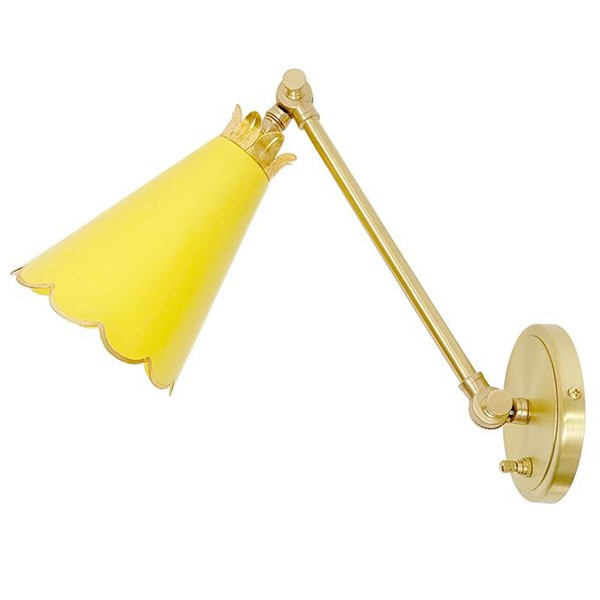
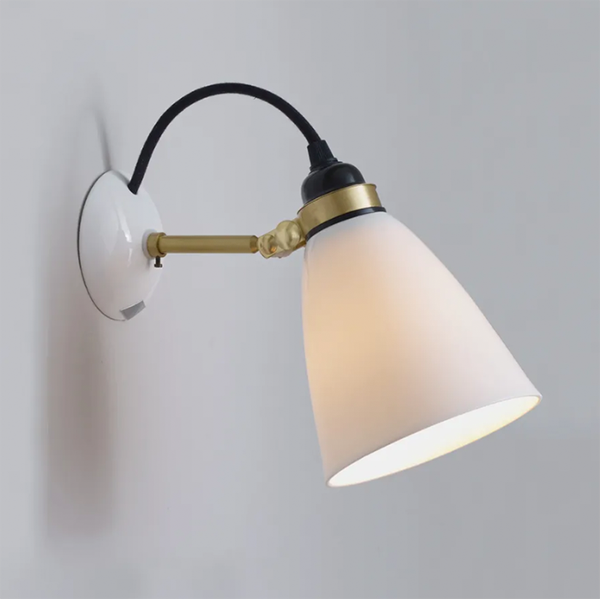
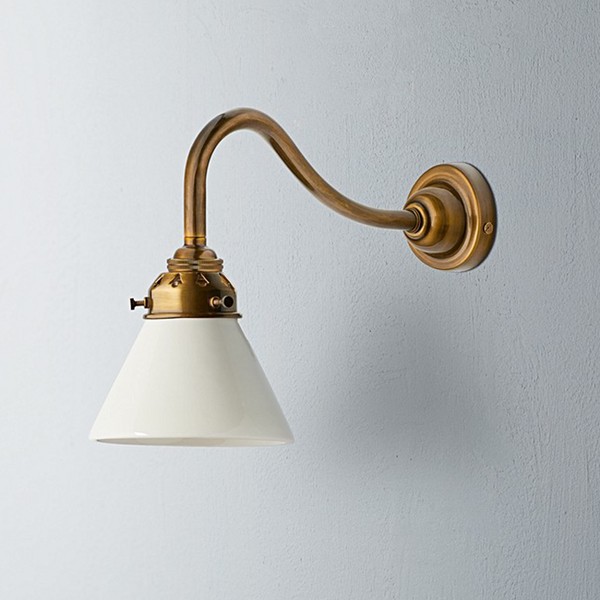
Fabric
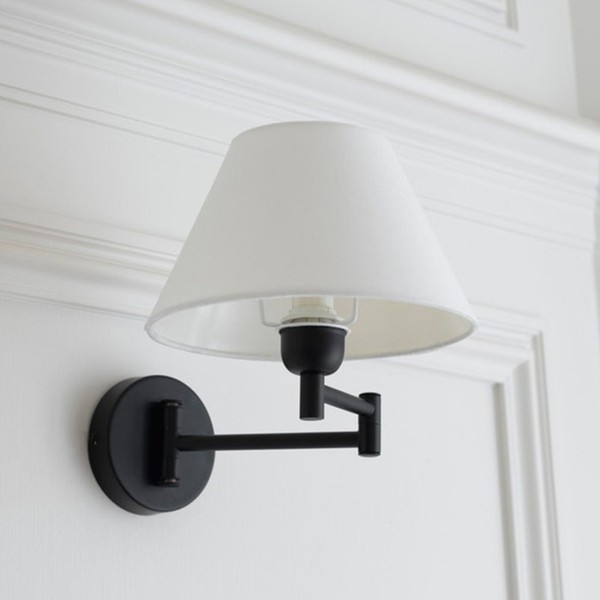
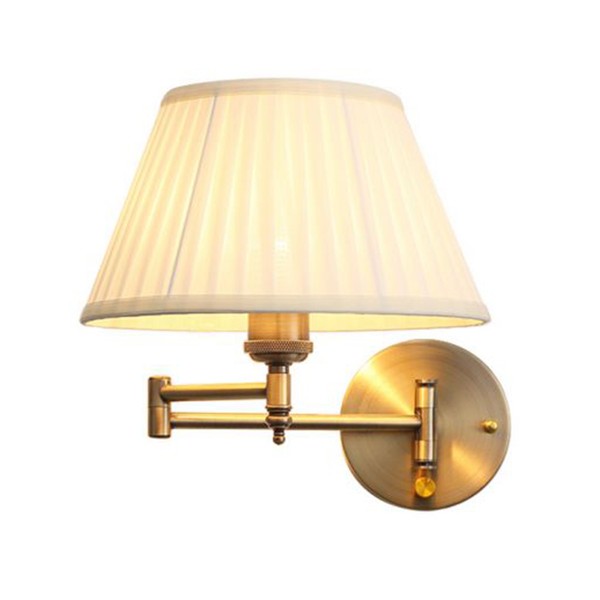
Fluted
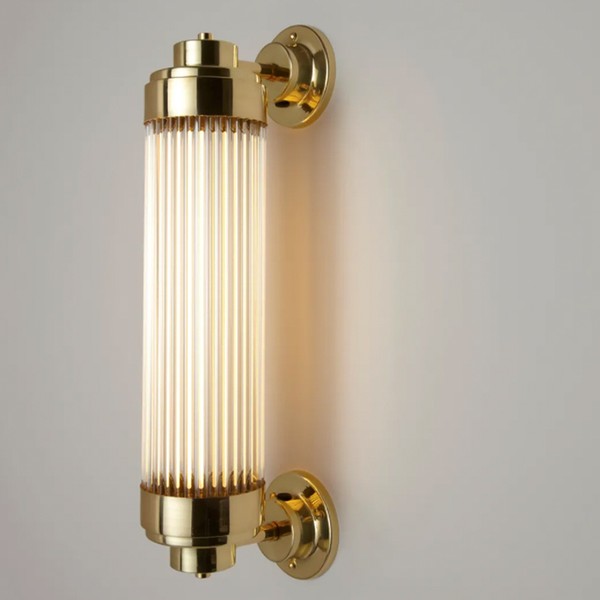
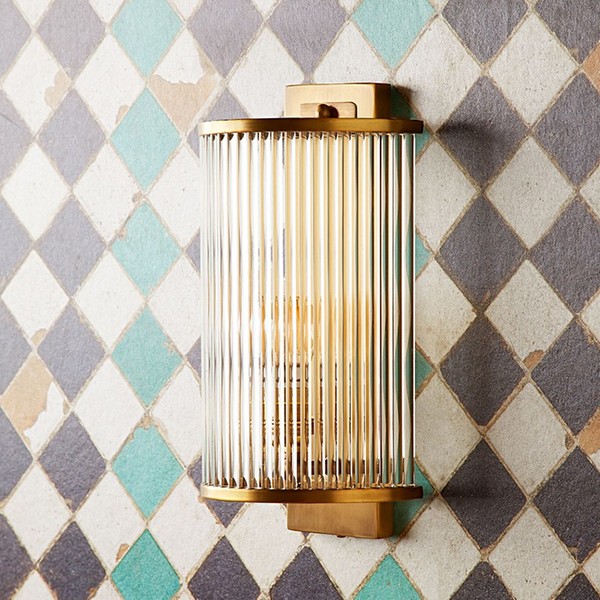
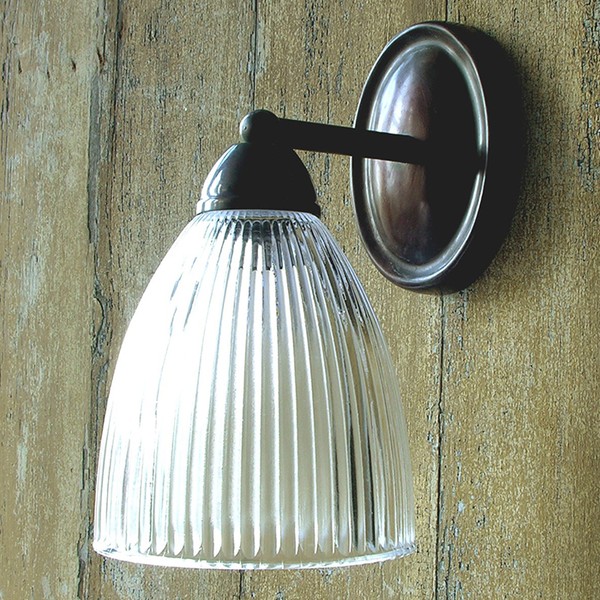
Round
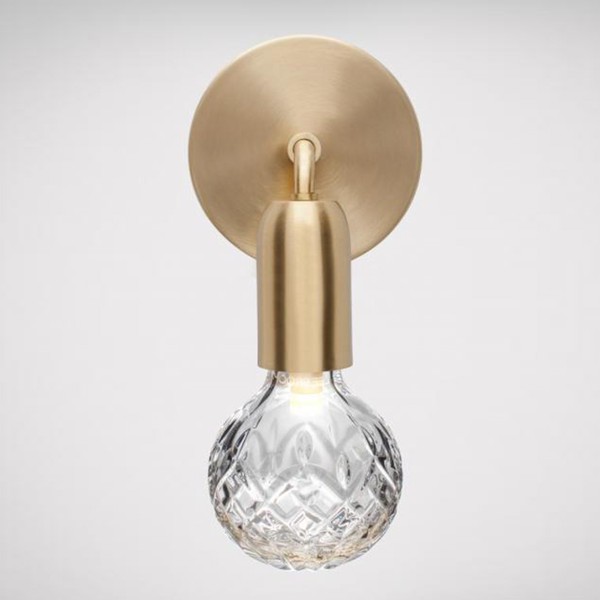
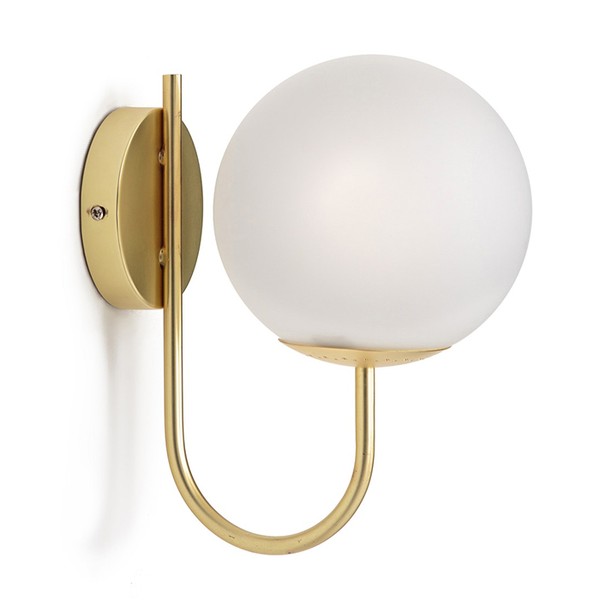
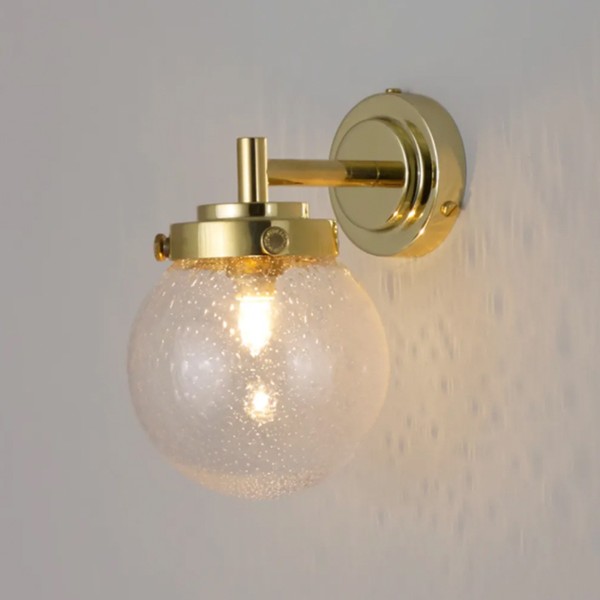
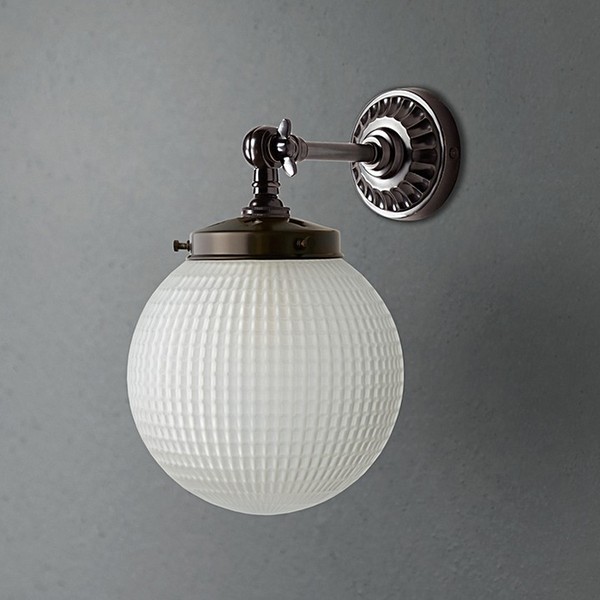
Feature Bulbs
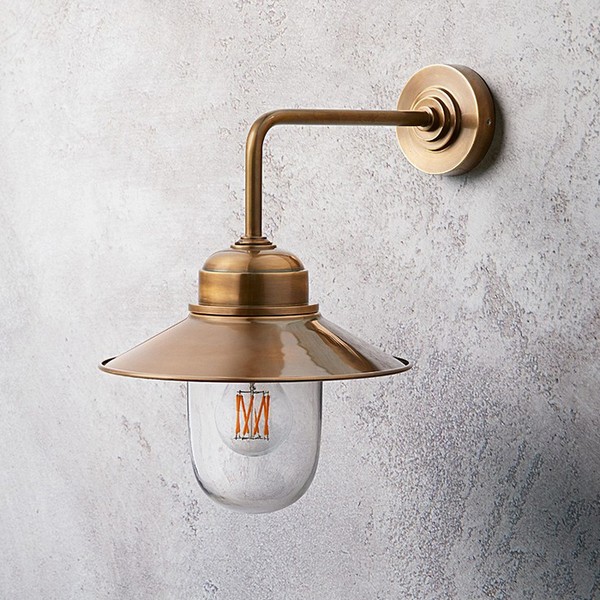
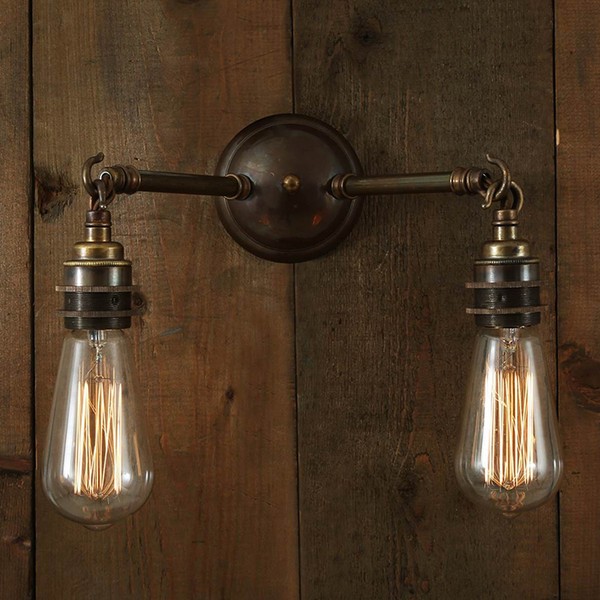
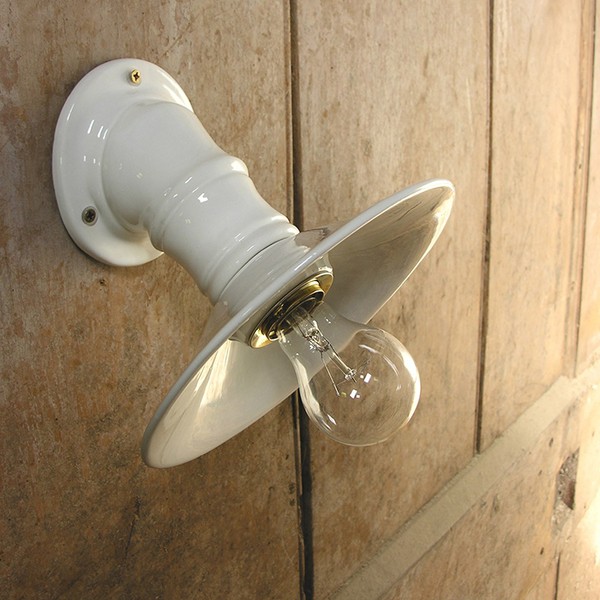
Visit OriginalBtc.com and Pooky.com
DISCLAIMER: We endeavour to always credit the correct original source of every image we use. If you think a credit may be incorrect, please contact us at info@sheerluxe.com.
